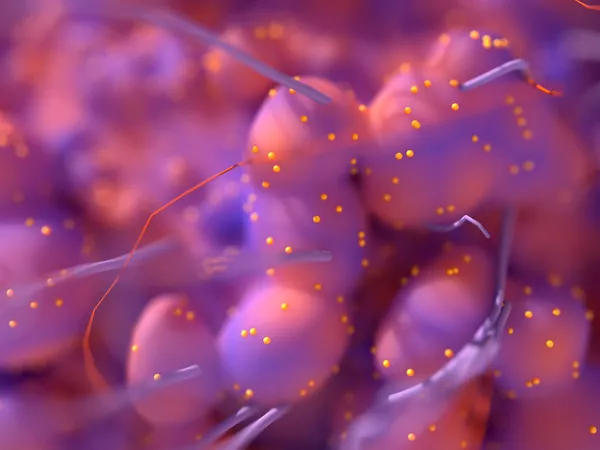REVIEW
Published on 18 Nov 2013
Current Advances in Mathematical Modeling of Anti-Cancer Drug Penetration into Tumor Tissues
doi 10.3389/fonc.2013.00278
- 18,746 views
- 109 citations
39k
Total downloads
155k
Total views and downloads
REVIEW
Published on 18 Nov 2013
REVIEW
Published on 01 Oct 2013
REVIEW
Published on 11 Sep 2013
REVIEW
Published on 30 Aug 2013
REVIEW
Published on 27 Aug 2013
PERSPECTIVE
Published on 19 Aug 2013
REVIEW
Published on 15 Aug 2013
REVIEW
Published on 13 Aug 2013
REVIEW
Published on 05 Aug 2013
REVIEW
Published on 26 Jul 2013
ORIGINAL RESEARCH
Published on 25 Jul 2013
EDITORIAL
Published on 18 Jun 2013
